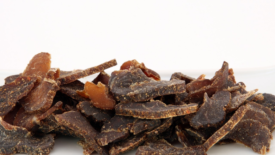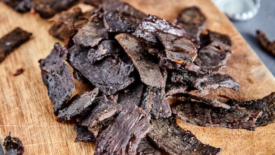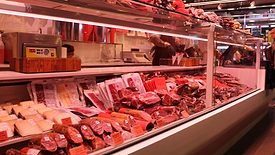Ready-to-eat
Is CEA a Safer Way to Grow and Process RTE Vegetables?
The risk profile of CEA must be compared to that of other RTE produce to explore the question of safety in CEA operations
April 10, 2023
Ensuring the Safety and Quality of RTE Meals for U.S. Service Members
Many RTE food technologies were created and first commercialized by the U.S. Armed Forces
December 11, 2022
Never miss the latest news and trends driving the food safety industry
eNewsletter | Website | eMagazine
JOIN TODAY!Copyright ©2024. All Rights Reserved BNP Media.
Design, CMS, Hosting & Web Development :: ePublishing










